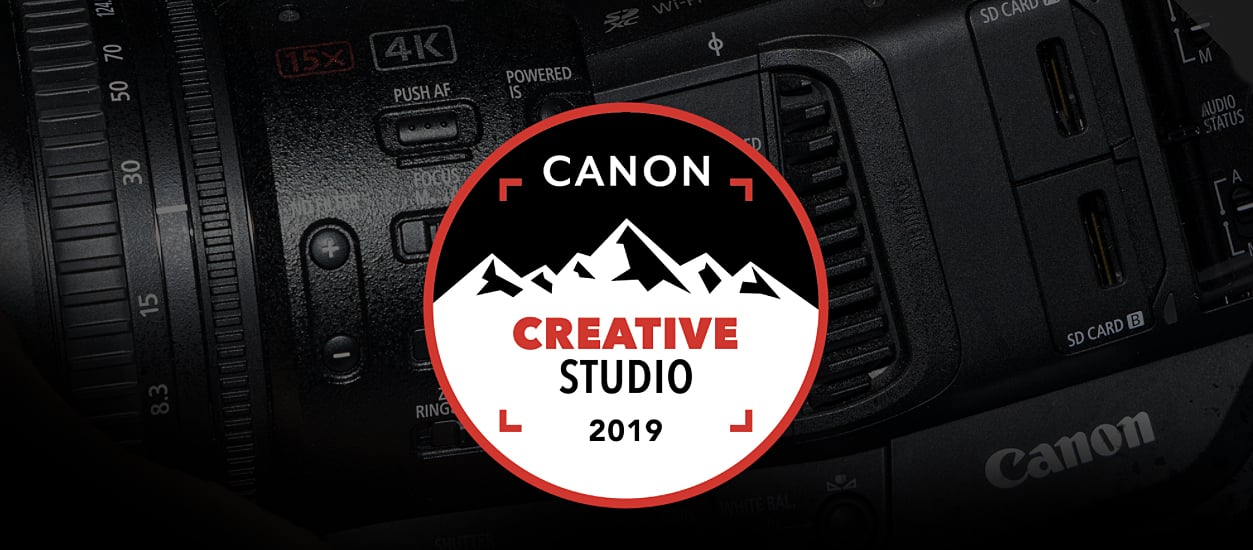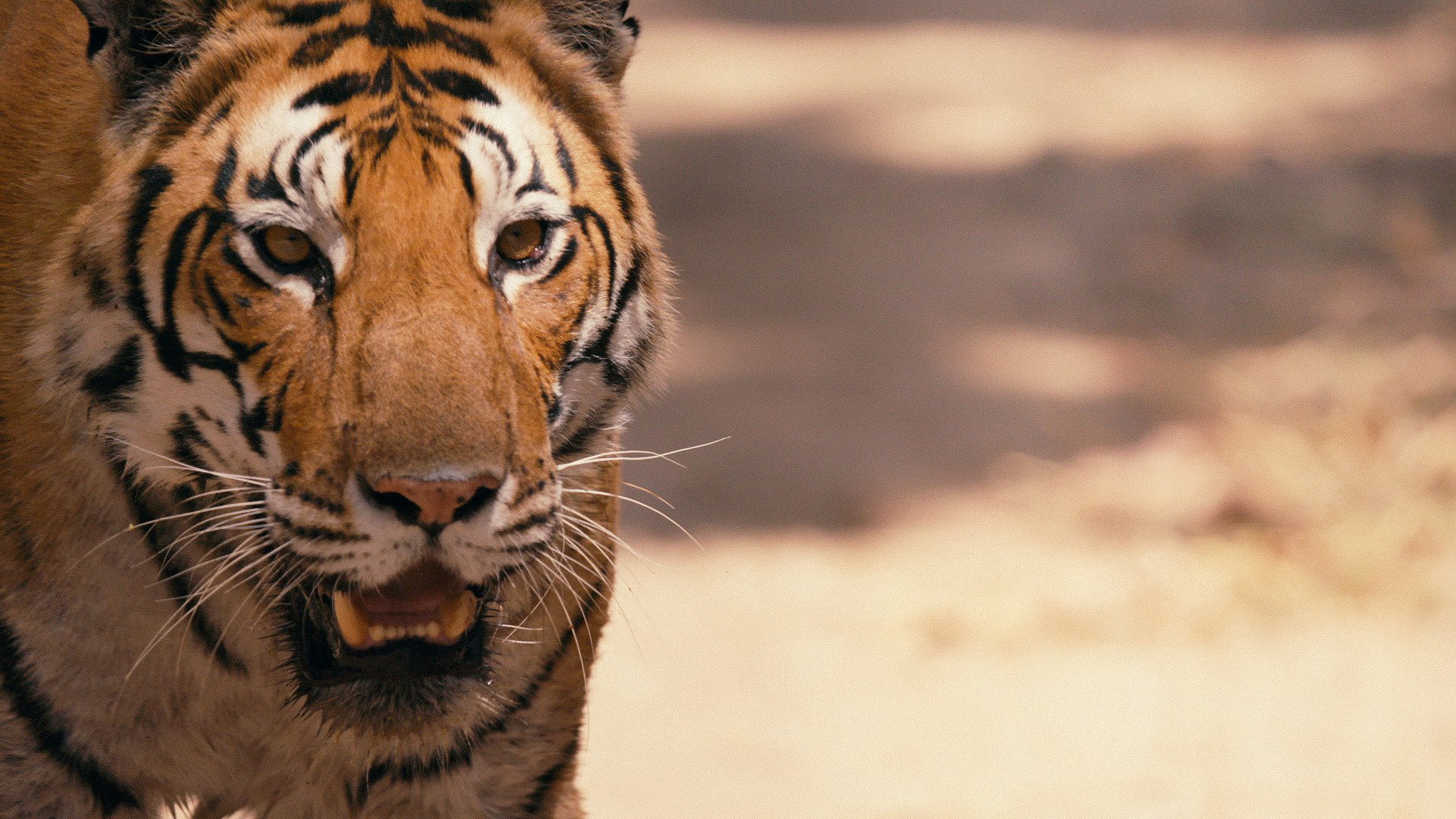
Spotlight On: Tigerland
Director Ross Kauffman, producer Xan Parker and cinematographer Matt Porwoll discuss their experience in capturing an elusive subject on location in Russia and India for this documentary feature.
Director Ross Kauffman, producer Xan Parker and cinematographer Matt Porwoll discuss their experience in capturing an elusive subject on location in Russia and India for this documentary feature.
Photos courtesy of Discovery Networks. Event photos by Alex Sax, courtesy of Canon.
The tiger is a majestic creature that has permeated popular culture for centuries. From ancient paintings and mythology to cereal box icons, Panthera tigris is more a part of our daily lives than we’re commonly aware. Yet the primal feline’s plight, like so many other species, is grim. Poaching for fur is a primary source of tiger depopulation. At the turn of the 20thcentury, the tiger population in Asia was estimated at 100,000 big cats. Today, that number is believed to be as low as 4,000. Thankfully, considerable efforts are being made by conversationalists around the globe to protect this beautiful endangered species.

Academy Award-winning documentarian Ross Kauffman (Born Into Brothels: Calcutta’s Red Light Kids) was tasked by Radical Media to produce a documentary on the tiger. “I was a little skeptical,” Kauffman attests. “They asked me to just think about any ideas that I might have about a movie about tigers that Discovery was funding. I really wasn’t sure why they were asking me; I had never done an animal film before... I said that I didn't want to do a film about poaching. That had been done incredibly well already, especially by Louie Psihoyos, who did The Cove. I went home and thought about it and I was watching my 6-year-old son play with these paper tiger cut outs and he was telling me how they were going extinct — ‘they’re going down to zero’ is how he said it — and I started to think about doing something to celebrate the tiger. Something that would look at the majesty and their magical quality. I thought, if I could do this from the eyes of a child and capture that beauty and passion that children bring to tigers, that would really be something.”
Kauffman turned to his longtime associate and previous producing partner Xan Parker to join forces with him on this project. “I was very surprised when he called me; I'm actually allergic to cats!” laughs Parker. “We’ve known each other, professionally, for about 12 years, but neither of us were familiar with the topic at all. But I put in a call that night to my brother-in-law, Dr. Jeff Parrish, who is a wildlife conservation biologist and I said, ‘I don't know much about animals or wildlife conservation.’ And he said, ‘Conservation is 1% science and 99% people.’ So then I knew that we could tackle a subject like this.”
“Most of my films I’ve worked as a cinematographer and director,” notes Kauffman. “They've been mostly vérité films and I have a general idea, going in, as to what the film could be. I pick the people and follow them — usually for two to four years — and collect footage along the way and then put it all together in the edit room. I knew this film would be some vérité, but I also wanted something that was beautiful. I wanted to make people fall in love with the tiger. I didn’t want to make a film that told you to feel bad, but rather celebrate the love of the animal and by doing that maybe inspire people to go out on their own and invest in conservation.”

Although Kauffman is a cinematographer himself and would operate a camera on Tigerland, he also turned to veteran documentary cinematographer Matt Porwoll (Cartel Land, The Trade) to join the cause. “Looking for a cinematographer for this film was a little bit difficult because were two main talents that I needed,” attests Kauffman. “I was looking for someone who could do vérité, but then the other part was this magical quality. How do we bring this film and the cinematography to a level that is just hopefully transcendent at certain points? To try to find someone who could do both was a big challenge and we thought long and hard about it. Then Matt came on and really fit both of those needs very well.”
Porwoll was scheduled to join Parker and Kauffman a day or so after they arrived in Russia to meet with conservationist Pavel Fomenko, an imposing and colorful individual who has dedicated most of his life to working with tigers.
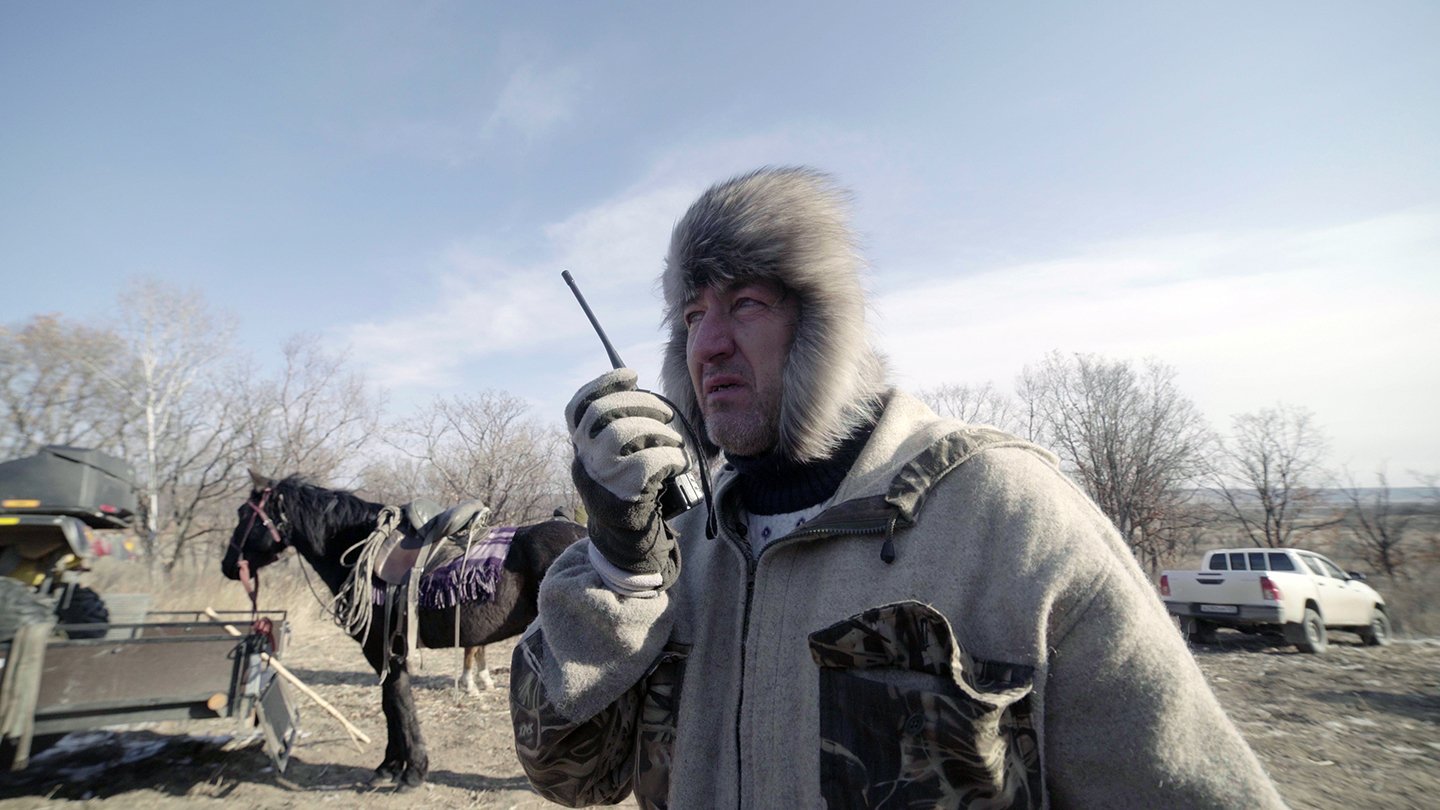
As the director and producer arrived in Russia, they presumed that they would spend some time getting to know Fomenko and his team; they'd get the lay of the land and start shooting in a few days or a week or so. Fomenko had arranged for them to tour the tiger reserves and get a feel for the kind of work that they do. Then, during lunch that first day, he happened to mention that a local village had a problem with a tigress who had been killing dogs, so she had been captured and put into the reserves, but she also had two tiger cubs that were still in the wild and unlikely to survive without their mother. Fomenko would lead a team out to search for the cubs to bring them to their mother while Parker and Kauffman had their tour.
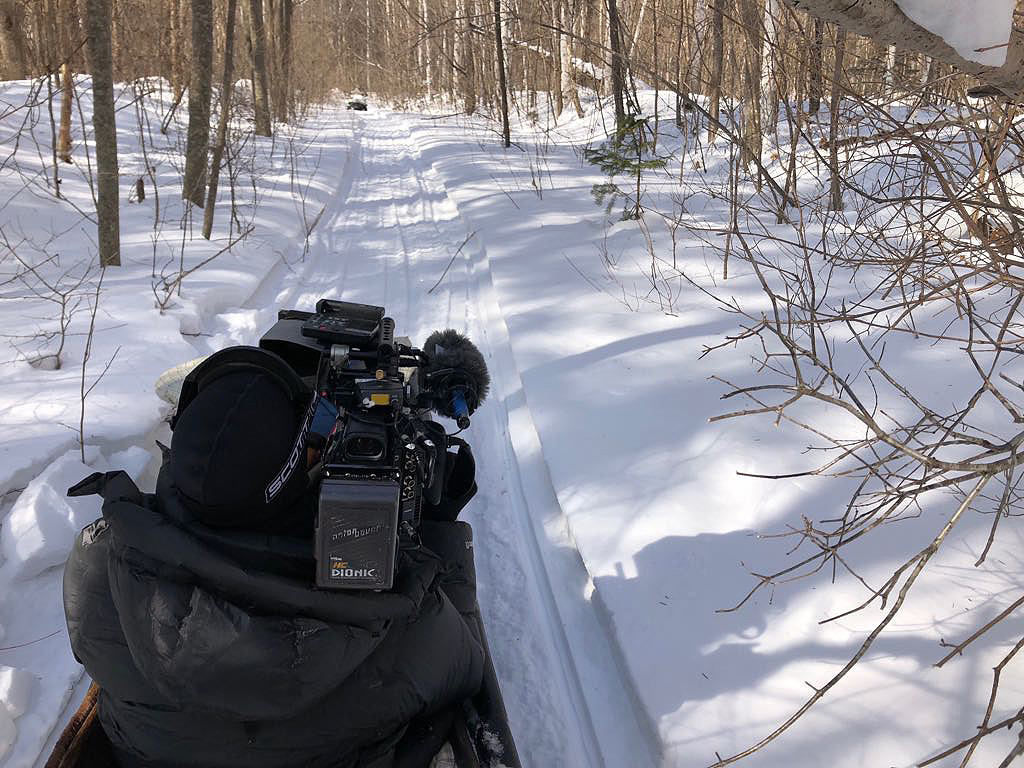
“We immediately said, 'We'd rather go with you,'” Kauffman notes. “I don't think Pavel really expected us to want to go on this... People see a film crew and they think they want the typical NGO tour and fluff, but that's not the kind of films that Xan and I make. So the next morning we got up at 4 o'clock and I put the camera together and we headed out into -20°F weather, driving out in the middle of nowhere with this tough Russian and it was wonderful!”
That afternoon, as Parker and Kauffman were on their excursion into deep Russian frozen forests in search of the captured tigress' cubs, Porwoll arrived in Russia to start shooting. “That's the way that vérité goes, right? You show up and it either takes six months before you get anything and then you're off to the races, or you show up and it's shooting instantly,” he confides. “You've got to be flexible and adaptable and roll with the punches. You've got to be prepared for things that are wholly unexpected.”
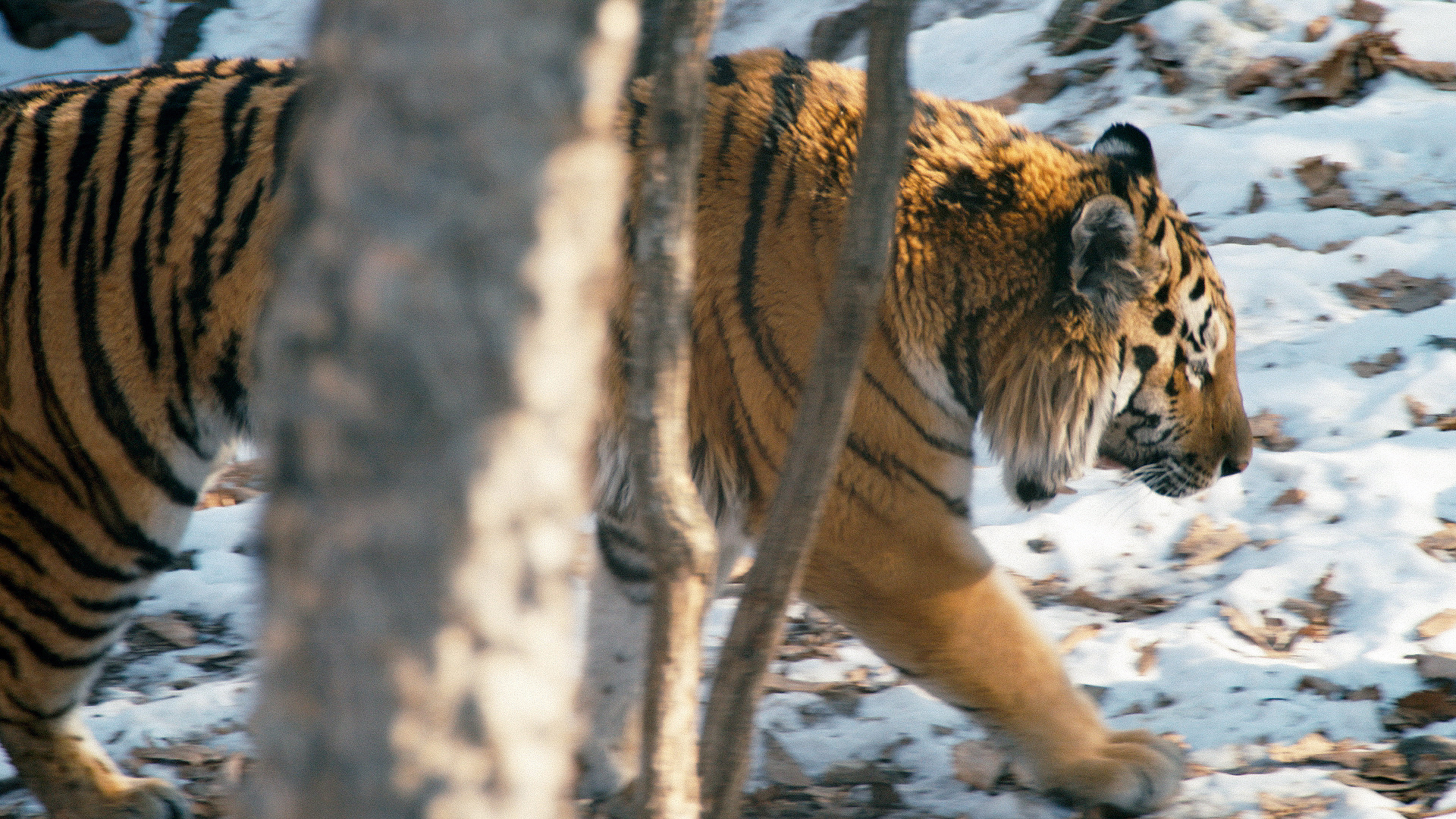
The camera package for Tigerland included three Canon EOS C300 MKIIs. Their lens package consisted of a Canon CN-E 15.5-47mm T2.8 L S zoom, a Canon CN-E 30-105mm T2.8 L S zoom, the Canon Cine-Servo 50-1000mm T5-8.9 zoom and a set of vintage Canon K-35 primes from Abel Cine in New York. “I've been working with Canon cameras for quite some time and I just find that they are incredibly versatile,” Porwoll says. “They're flexible. You can make them very small — which is important because Ross likes to shoot with just a small body and lens — or you can build them up. I like to have more mass and have it on my shoulder, so they're very flexible in that regard. But I've also put these cameras through their paces in terms of heat, cold, dust, throwing them in the back of pickup trucks, all that kind of stuff. Tobogganing off the back of snow mobiles... They hold up. We had the C300 going from -30°F one month to over 100°F with almost 100 percent humidity the next. It's just a solid camera and gave us no problems at all.
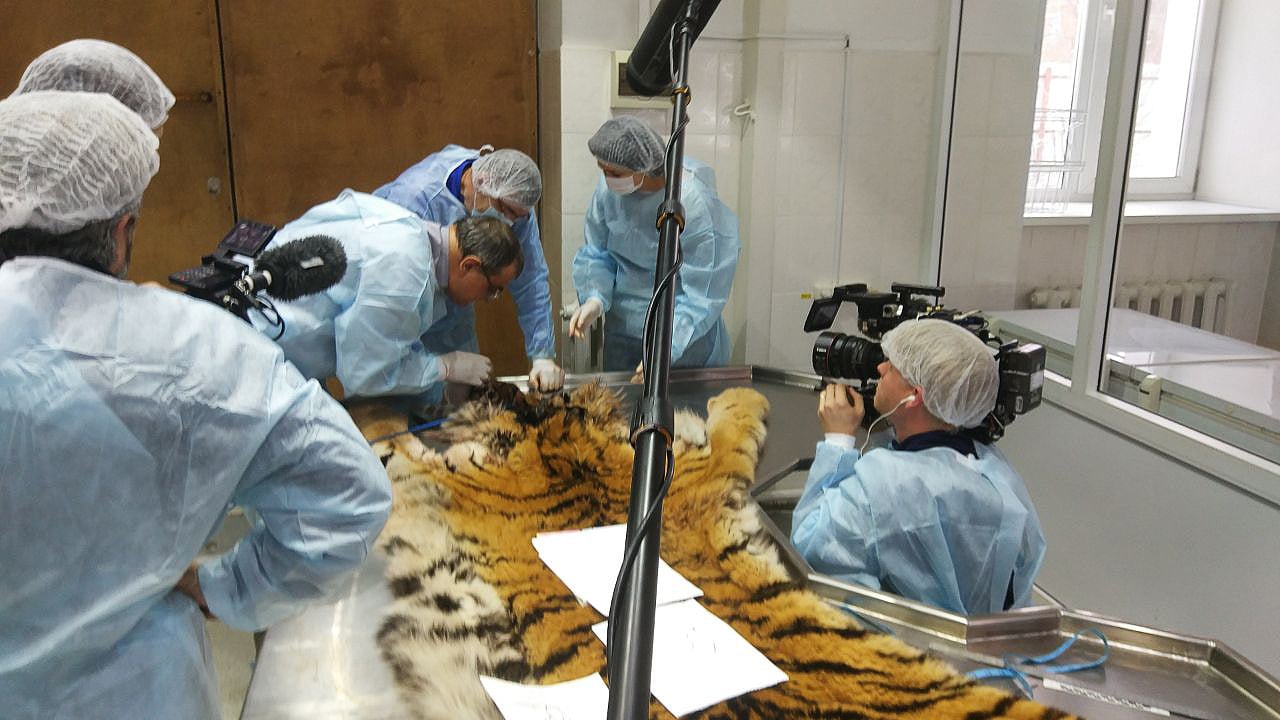
“Going into Russia in February is quite the challenge,” Porwoll elaborates. “Figuring out how to deal with the cold to keep the cameras and lenses safe. What we have to avoid is any situation of getting moisture into the camera or lenses. We brought a pretty massive load of Ziploc bags with us to move equipment from inside to outside, but I was totally blown away that we didn't have any issues at all. You'd think we'd had been shooting in 72°F and sunny the whole time.
“We also brought a ton of Gold Mount Anton/Bauer batteries with us, expecting them to die in the cold, but they held up perfectly, as well.”
As far as lens choices were concerned, Porwoll asserts, “we talked a lot about the fact that this project was a blend of vérité, archival, animation and this 'magical' style that Ross wanted. We needed some way to give it a look and feel, but also not have it disjointed where you've got these different things going on. So we decided that for Russia, our first trip, we would shoot primarily on the Canon Compact zooms: the 15.5-47mm and the 30-105mm. Especially with Russia being our main vérité storyline, having the zooms and their flexibility was important. But, at the same time, we also wanted to give the landscape and the environment a kind of dreaminess. We wanted to show what it is about the tiger that we fall in love with. So we went with the Canon K-35s to get that very dream-like quality. As for the 50-1000mm zoom, well, that was kind of a no-brainer for when it came time to shooting the tigers.”
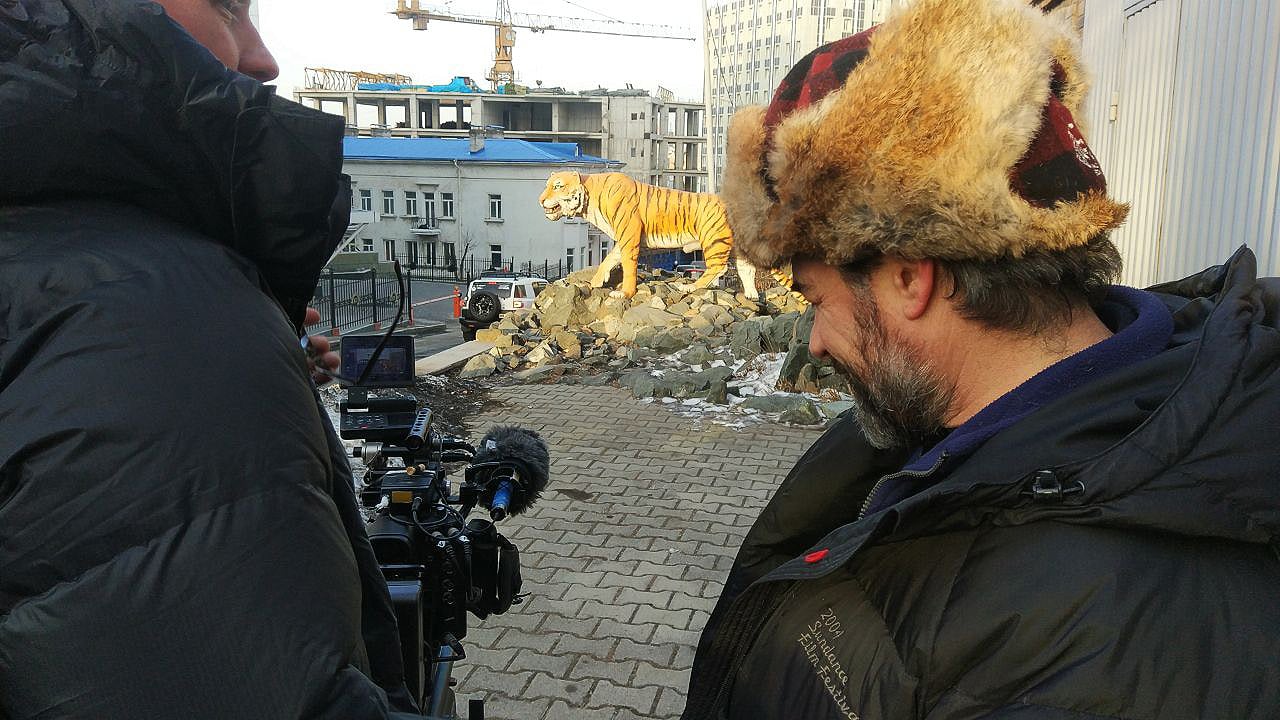
The Canon Cine-Cervo 50-1000mm zoom was originally announced in 2014; a design that was based on a challenge posed to Canon by German wildlife filmmaker Ivo Nörenberg. With a built-in 1.5x extender the range increases to 1500mm. This zoom range is rare for a Super 35-sized format lens, especially in its compact form of only 14.6lb (6.6kg) and 16.3” (413.2mm) long. “It is quite an amazing lens,” attests Porwoll. “Not only does it have all the characteristics that you want in a look, but to go from 50mm to 1000 or being able to go from 75mm to 1500mm, is phenomenal. When we were out in the tiger reserves, we can't just walk around, as you might imagine. So everything had to be shot from the car. You could never get out and just do a quick tripod shot from the side of the road. The 50-1000mm is an amazing range. In the film we have a shot that goes from a closeup of a tiger's eye and then we zoom back and see the full tiger and get the sense of space of how close it to our truck – about 6 to 10 feet away – and we get to capture the landscape around it. We can do that all in one shot with the 50-1000mm.”
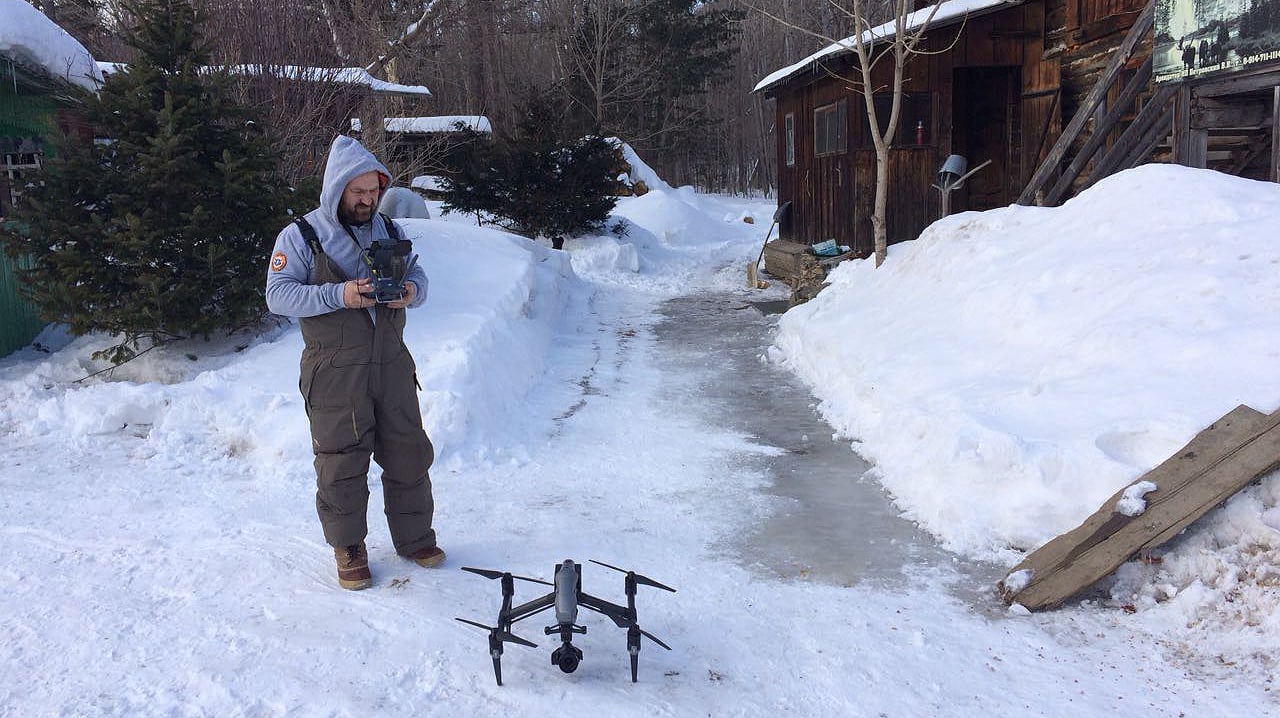
The forested reserve location in Russia also inspired the production to incorporate drone aerial footage to help identify geography and follow the vehicles as they were tracking the tiger cubs. “Oleg was our drone operator in Russia, working with the DJI Inspire 2 with the X5S camera shooting 5.2K raw CinemaDNG,” details Porwoll. “He was amazing because he knew the landscape so well. He was great at finding shots that elevated the film rather than just shooting drone shots for the sake of having drone shots. The overhead tracking shots of the snowmobiles through the snow-covered trees or the nighttime shot of finding the remote hunting village in the vast expanse of darkness really helped set the scene. He was also amazing because not only was he operating the drone, but he was able to shoot footage for us that we otherwise couldn’t get. He was the son of Pavel’s good friend, so Oleg knew all of our characters intimately and was immediately welcomed into the fold. When we [the Americans] were shut out of filming too close to the Russian/Chinese border [by the FSB, Russia's new version of the KGB], Oleg was able to shoot for us without any difficulty. He was also on hand to shoot when we were unable to be in Russia. Having someone that could do all of that was a godsend!”
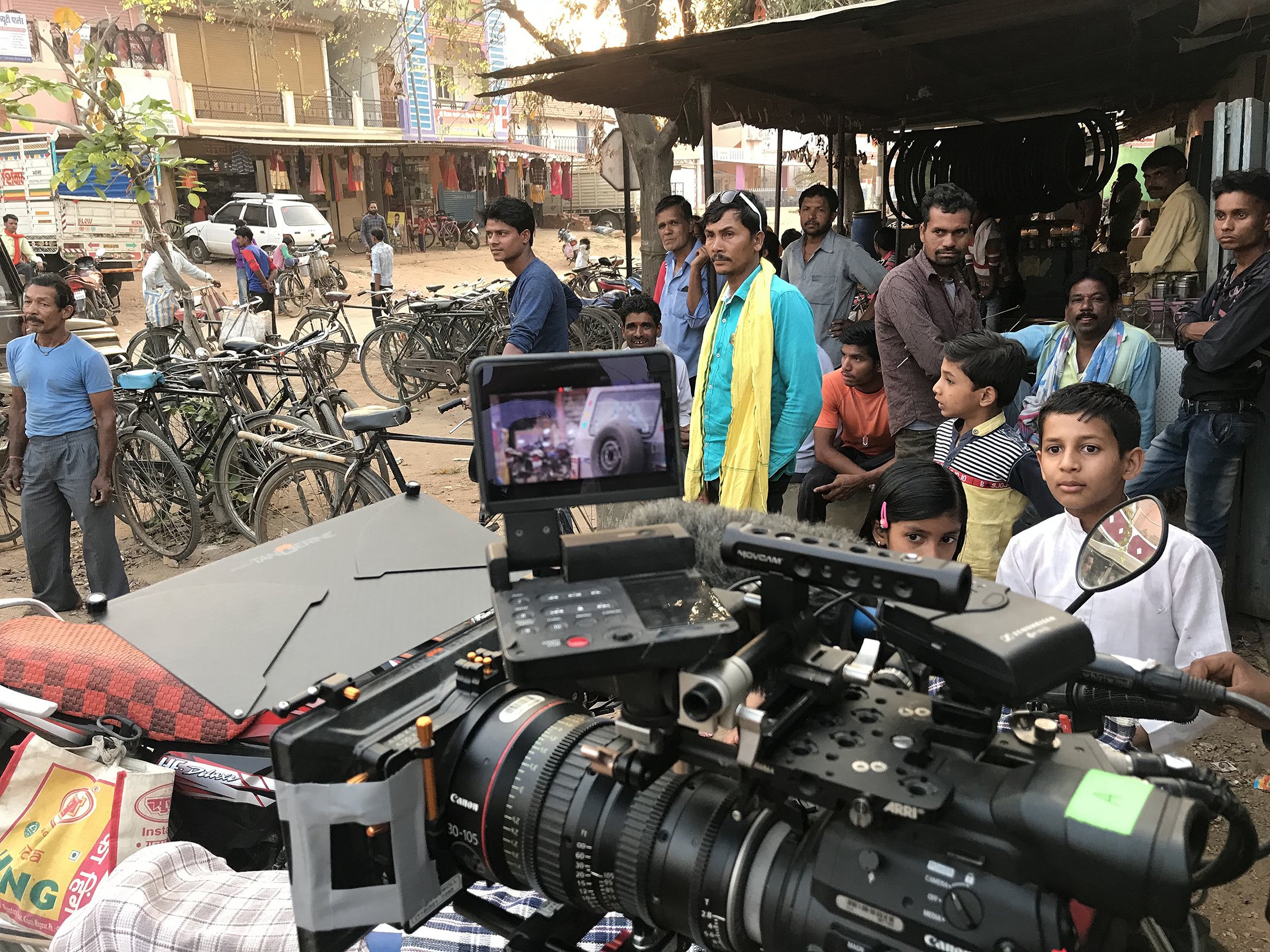
In addition to covering tiger conservation activity in Russia, the production traveled to India. There they would meet Amit Sankhala and his nephew, Jai Bhati, a pre-teen boy who follows the family passion for tigers. Jai would become Kauffman's eyes-of-the-child viewpoint on the tiger world. Amit, his uncle, is the grandson of Kailash Sankhala, known in India as “Tiger Man,” who spent the second half of the 20th century trying to raise the national and global awareness of the dwindling number of tigers.
“While we were in India, we also brought a Red Epic-W Helium, in addition to our three Canon C300 MKIIs,” notes Porwoll. “We chose to use the Red for all of our slow-motion shots, as well as select beauty shots. In 6K, we were able to record up to 75fps. We primarily shot the Red footage in 6K to preserve as much of the field of view from the lenses as possible, while not going overboard with 8K that would have killed us in media management.
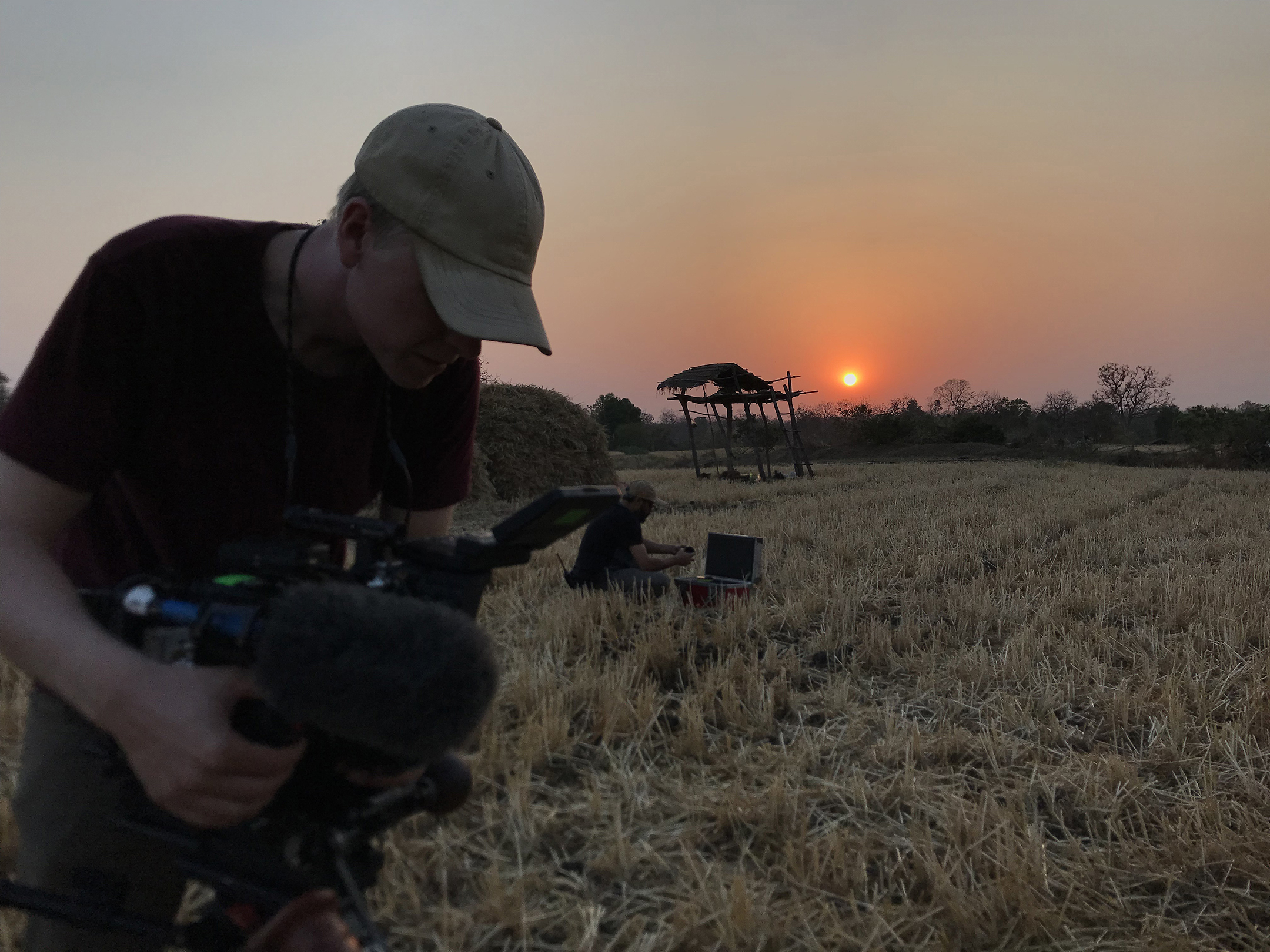
The shooting in India also featured the work of cinematographer Heloisa Passos, ABC. As Porwoll notes, “we were blown away by her work on Manda Bala, and felt she could really add to the look of the film. She was able to be a self-contained unit shooting landscapes and side components with our characters — such as Jai’s slow-motion walks through a forest filled with butterflies, or hopping around on the rocks by the riverbed — while Ross and I were focused on vérité story elements. Since she was oftentimes on her own. We felt having the Red would allow her the flexibility to get a wide variety of coverage with a single camera. She oftentimes had the Red mounted to a DJI Ronin 2 to do graceful walks through the forest or mount in the safari vehicle for steady landscapes in the tiger preserve.
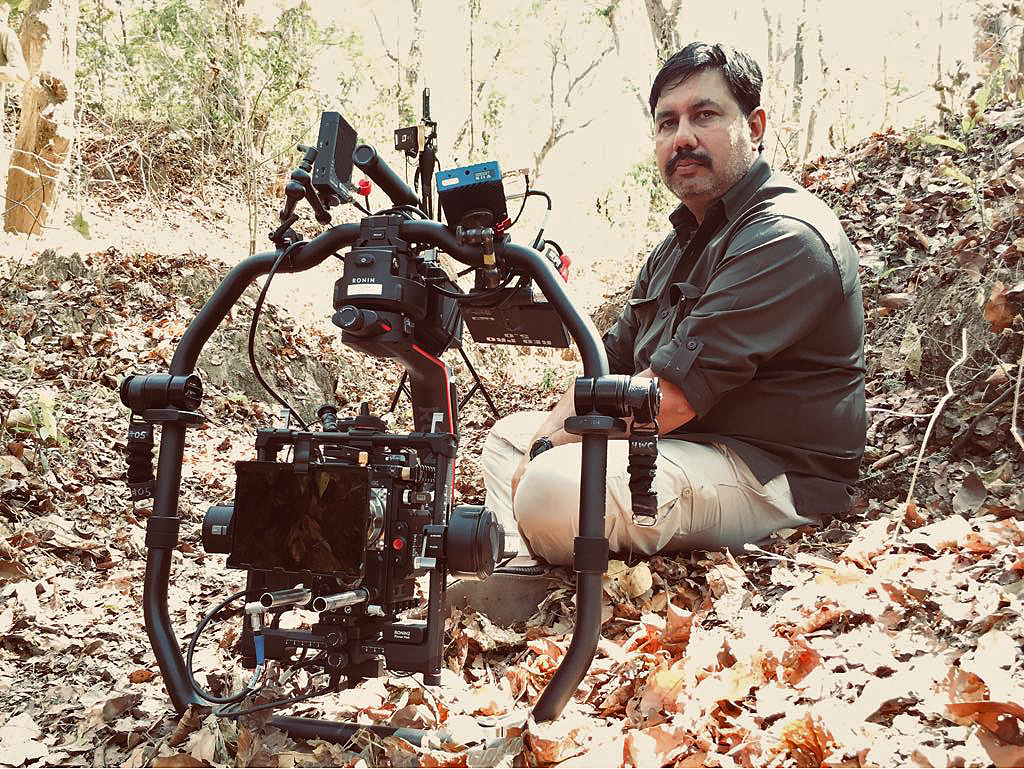
“For the most part, the Red lived on the Ronin,” continues Porwoll. “This setup offered a wide range of shots we could get with minimal setup time. We were able to walk using a ReadyRig Pro, mount to the safari vehicle rigged with piping overhead, or mount to a tripod for smooth 360-degree pans. When we were in the camp shooting vérité, Heloisa would be getting shots in the forest. While in the tiger preserve, she had her own vehicle to shoot landscapes and driving shots with our characters while I was on the C300 MKII with the 50-1000mm shooting wildlife. It really worked out perfectly to maximize our coverage while only having a relatively short amount of time in the preserve. Heloisa also shot Super 16 footage in India.”
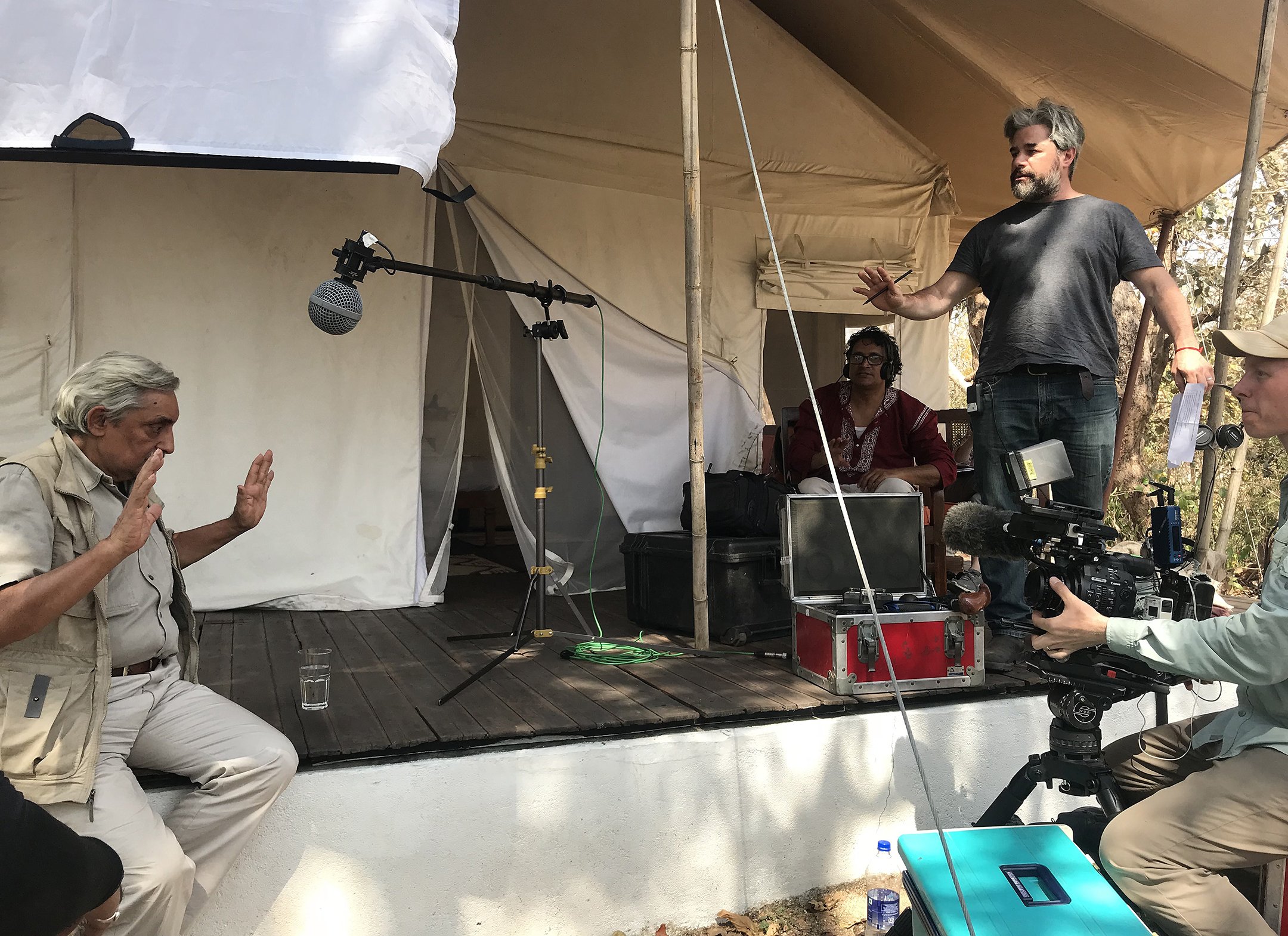
For the Super 16 footage, Passos used Kodak Vision3 50D 7203 and Vision3 200T 7213 for scenic footage in India that would give the production a different texture to work with in editorial to cover Kailash's story. She shot with a wind-up Bolex H16 camera with a set of Czechoslovakian Meopta prime lenses: 12mm, 20mm, 40mm and 80mm. The film was processed at Deluxe Laboratories and then scanned at 2K in 10-bit DPX files. “[Deluxe] felt that scanning 16mm at a higher resolution would bring out too much of the grain in the image, so a 2K scan was their recommendation,” Porwoll asserts.
“We really wanted to give each storyline [Russia and India] its own visual aesthetic, but also needed to be sure they blended well in the final edit.” Porwoll explains. “In Russia, we shot primarily on the Canon CN-E Compact Zooms 15.5-47mm and 30-105mm T2.8. These lenses were able to beautifully translate the sharp, stark environment we were shooting in. To help blend the style of Russia into India, we shot most of our beauty shots on the Canon K35s. These added a pastel quality to the image, smoothing out some of the harshness and allowing the beauty of the environment to shine through. In India, we wanted to emphasize the warmth and softness of the environment so we primarily shot on the Canon K35s. With backlit trees and the dust-filled air, these lenses performed beautifully! In moments we needed to use zoom lenses, we shot with the Canon CN-E zooms outfitted with a Tiffen 1/8 Black Pro-Mist. This helped take the edge off the lenses and blend them better into the look of the K35s. Overall, I am incredibly happy with how all of the lenses performed and blended into the final look of the film. Since we had a purpose of when and how each lens would be used, they worked in perfect harmony.”
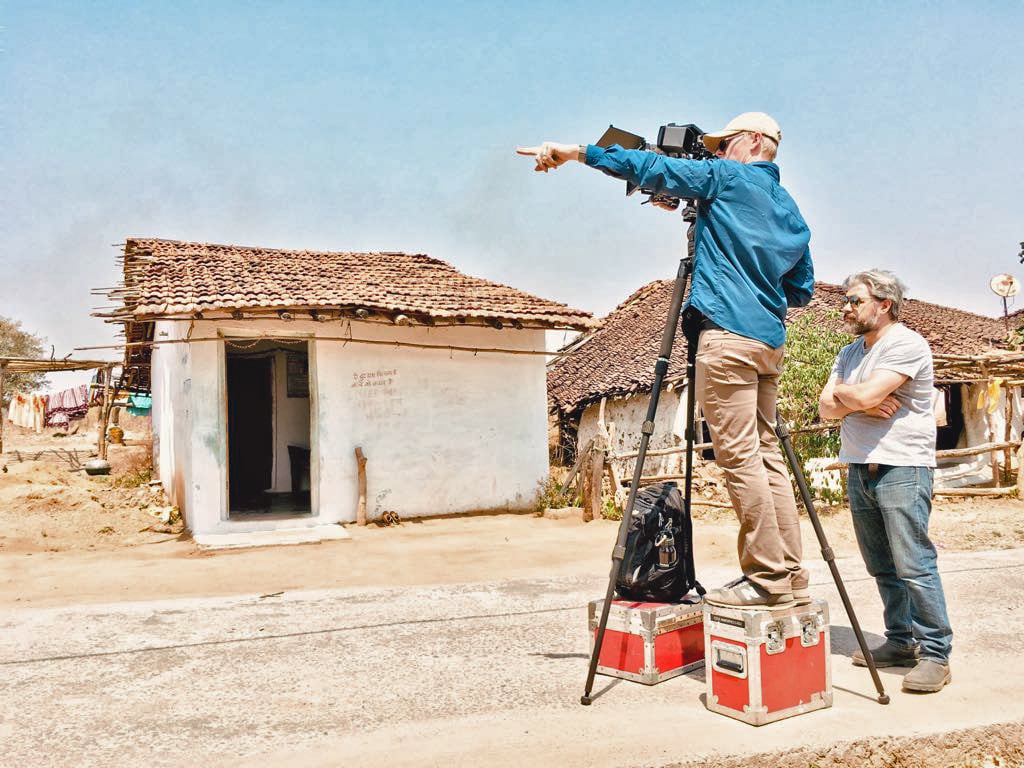

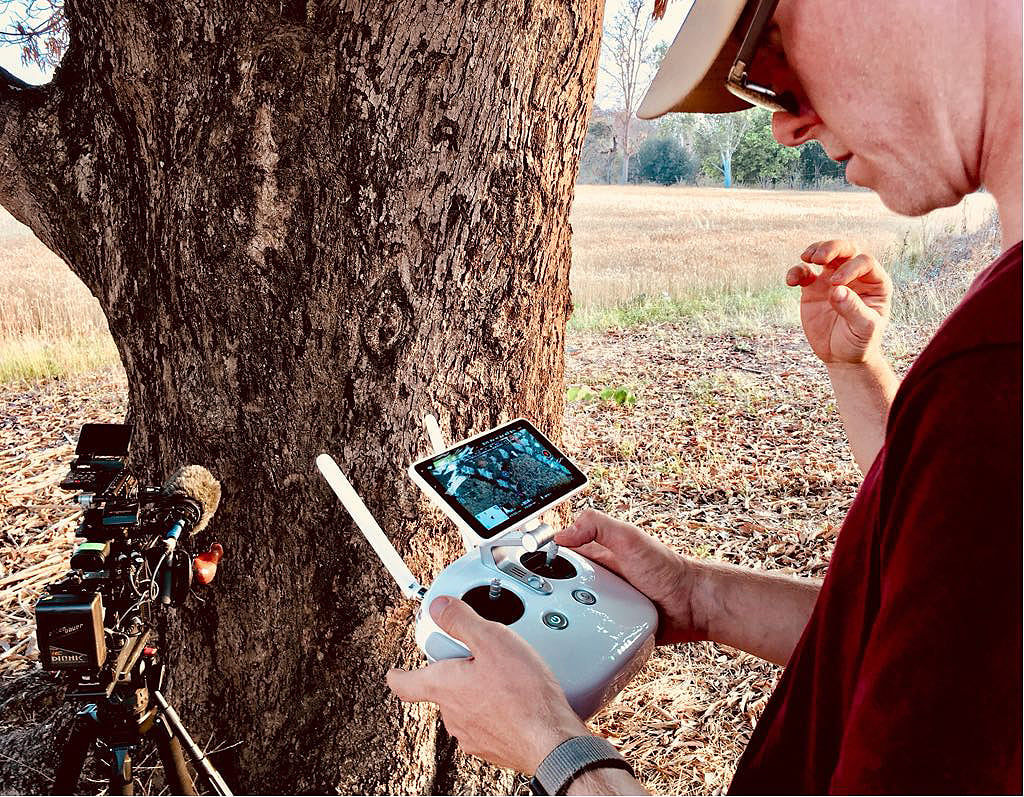
The team shot with Amit and Jai for a period, venturing out into the wild to capture tigers in their habitat, but they were missing the archival record of Amit's grandfather. Kailash was a significant force in raising global awareness of the diminishing tiger population and his efforts were an inspiration to Amit and his current work.
“We tried to shoot most of our vérité footage in India on the K-35s,” notes the cinematographer. “To offer that richness to that storyline.”
“It was purely vérité shooting because I went in without a real clue of what we were going to get,” recalls Kauffman. “We shot with Amit and Jai and the whole time I was asking, 'Don't you have anything of your grandfathers? Aren't there any movies or pictures...' And they kept saying, 'No, no, we don't have anything.' And what do you do when you have no archival material? You panic, that's what you do.”
After multiple days of asking for any archival material, on the final scheduled day of shooting in India, Jai's father emerged with a silver box saying, “You might want to look at this.”
“The box turned out to be an enormous trunk that was about three and a half feet by two feet — an old camp trunk — and it was filled with pictures, slides, maps and letters — it was a treasure trove of archival material!”
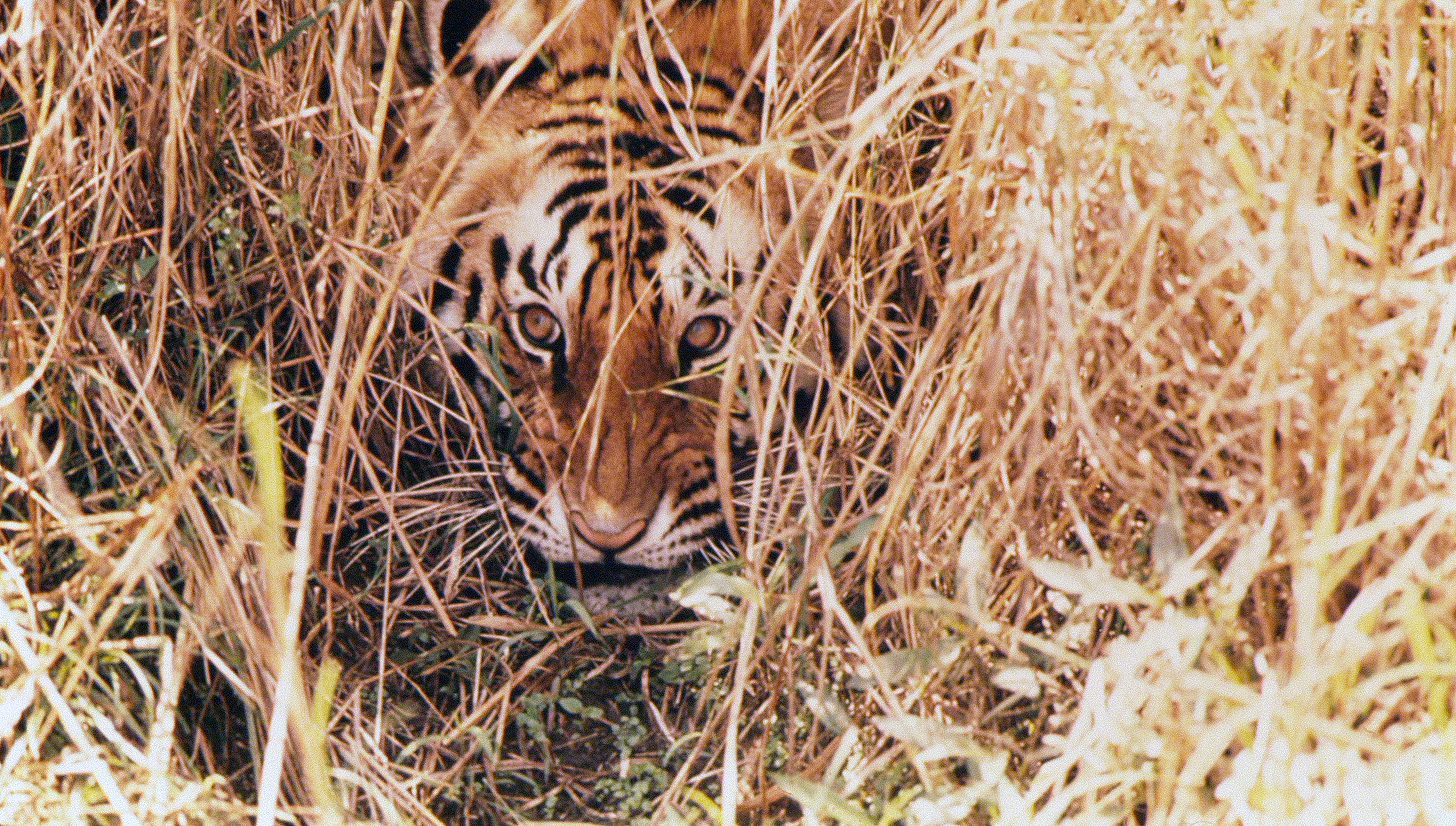
Porwoll and Ross then spent several extra days shooting Amit and Jai as they went through the material for the first time. The cameras were there to record their reactions to each photographic slide, shooting them from the point of view of Jai as he holds them to the light, and capture the emotional journey of re-discovering their grandfather's life and work.
For his lighting on Tigerland, Porwoll explains, “Our package was pretty simple. In Russia, we carried a few Litepanels Astras, diffusion material, and a Fiilex P360 LED Bi-Color Fresnel for interviews. In India, we had the same Astras and Fiilex P360 with a locally rented Joker 400 to help balance out the intense sunlight for interior interviews. All of our exterior interviews were lit with natural light, augmented only by diffusion and bounce. The only vérité scene I can think of that had augmented lighting was with Amit at the lodge going through the archival material. We bounced the Joker 400 into the ceiling to bring up the ambiance in the room and had an Astra providing a little rim light. If I’m able to work purely with natural light, I will do so any day of the week!”
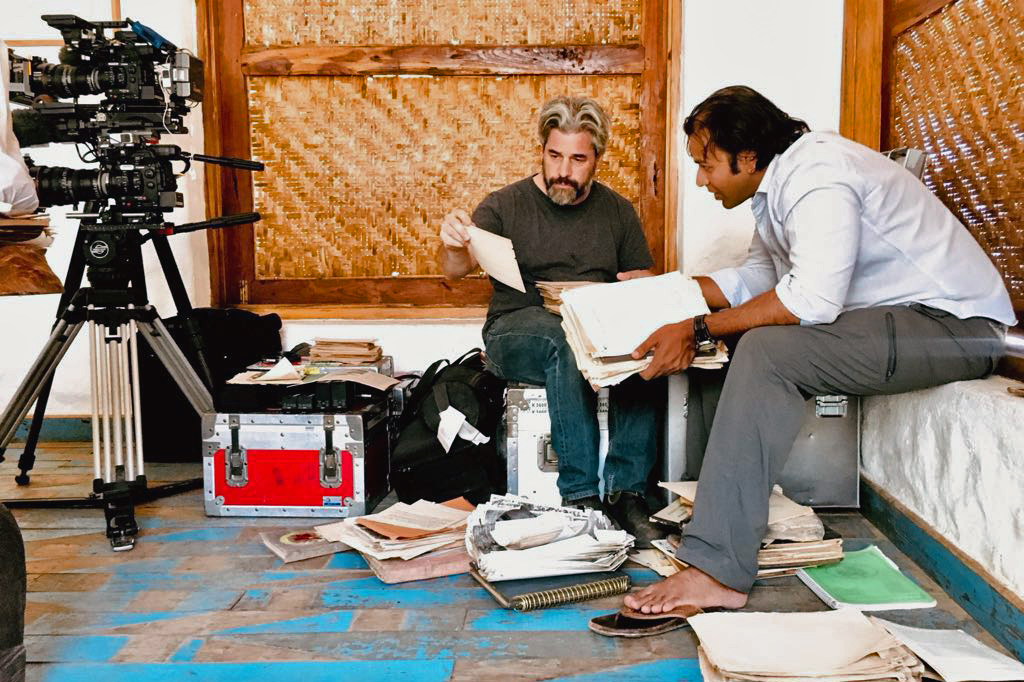
Everything on the C300 MKII was shot in DCI 4K, mostly in Canon Log2 / Cinema Gamut. For night shots or darker interiors, the team shot in Canon Log 3 / Cinema Gamut. On the Red, they shot in Redcode raw 6K.
“We did our color correct with Seth Ricart at RCO in New York,” Porwoll concludes. “I have worked with Seth on many of the films I have shot, including Cartel Land and The Trade, so I know how he works and was 100% confident in his ability to create something beautiful. Going into the color correct, Seth, Ross and I discussed the look we wanted for India and Russia. We wanted to keep Russia on the cooler side, without forcing a “look.” This mostly meant keeping the whites white and cooling off the sky, without losing the warmth in the skin tones or the dried grasses. For India, we really wanted to emphasize the warmth that you experience while there. Seth was able to blend the look from the C300 MKII and Red seamlessly. Sometimes I caught myself wondering which camera was which! Seth then created a variety of looks that Ross and I could decide from. After that, it was off to the races!”
Tigerland will premiere on Discovery on March 30.
During the recent Sundance Film Festival, the author of this article — AC contributor and ASC associate member Jay Holben — conducted a Tigerland panel discussion with director Ross Kauffman, producer Fisher Stevens, cinematographer Matt Porwoll, and producer Xan Parker at the Canon Creative Studio, located on Main Street in Park City.

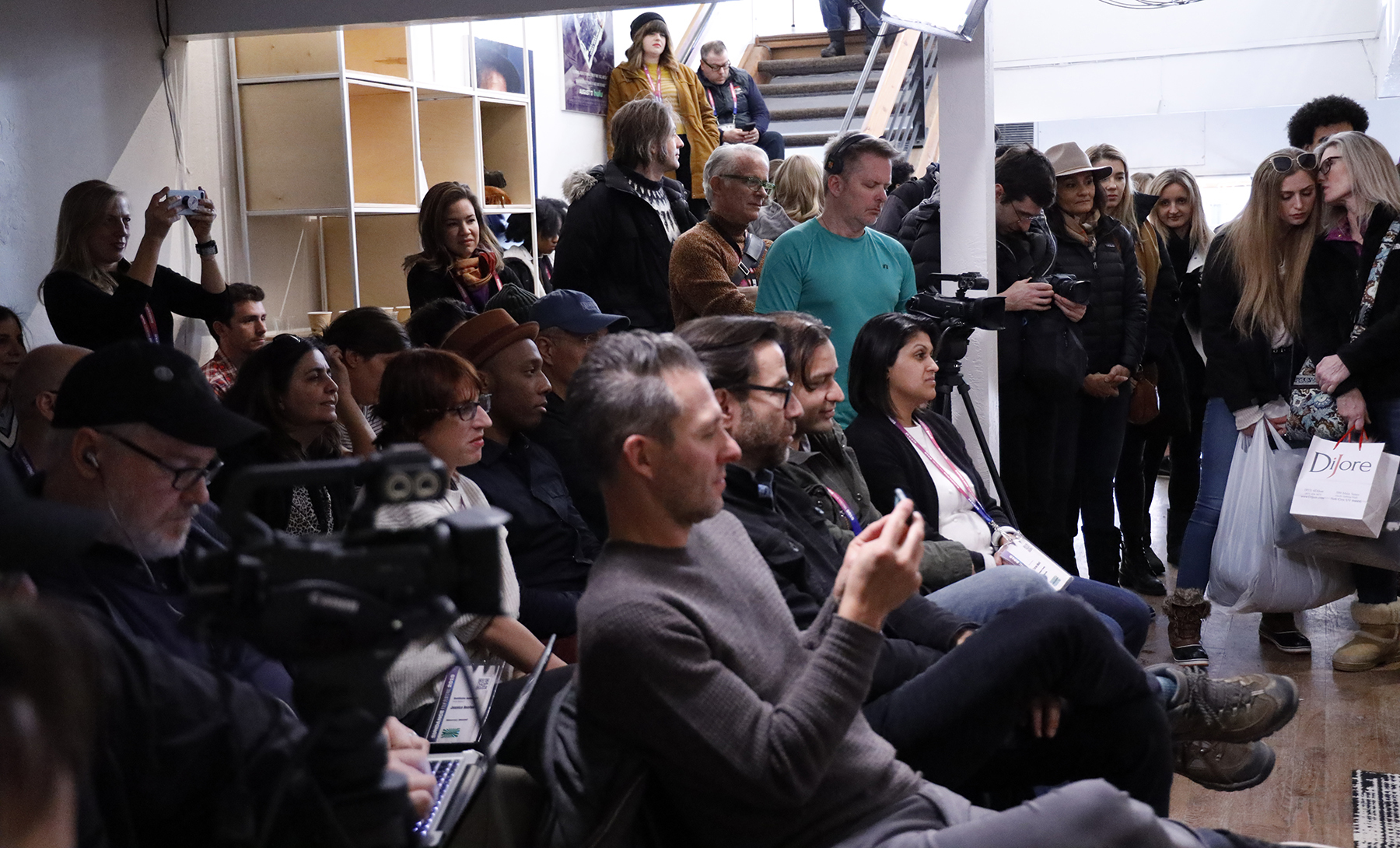
You can watch their complete Park City discussion here:

